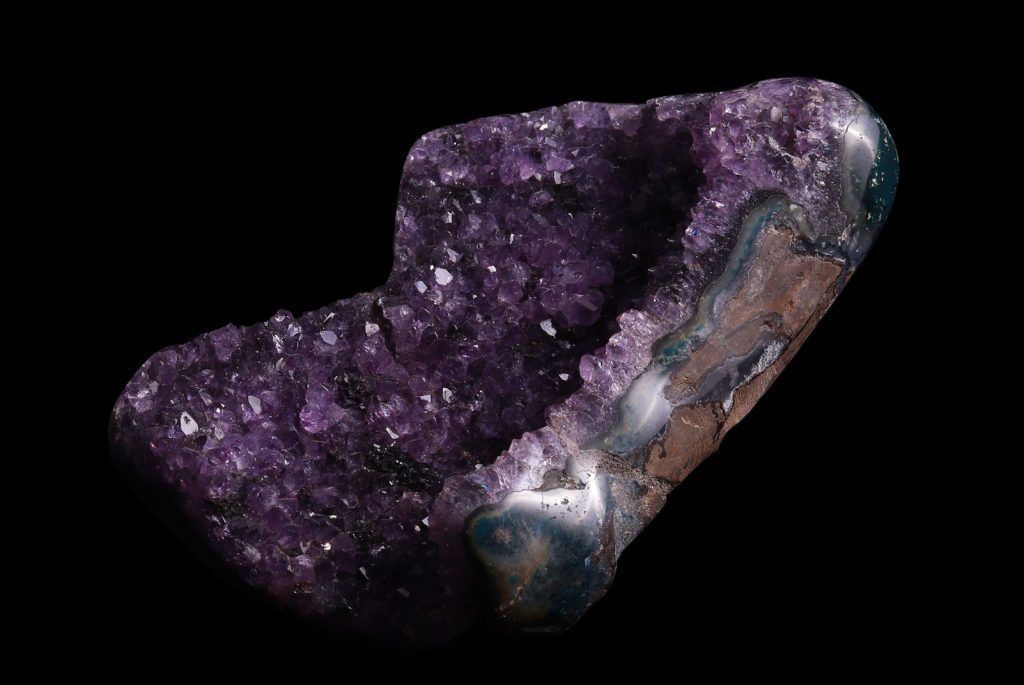Article: Interesting Facts On Amethyst

Interesting Facts On Amethyst
Amethyst is a gemstone commonly seen used in big sizes in jewelries and was a prized gem since the ancient Greeks era. It is the purple variety and the most precious variety of the gemstone species Quartz, which has a hardness of 7. At this hardness, it is a suitable stone for daily wear but one must be careful to protect it being scratched by hard objects.
Amethyst mostly exists as eye-clean even in bigger sizes and showcases a variety of colors all the way from light pink to deep dark purples. Amethyst was one of the more expensive stones (as expensive as emeralds) back in the 1600s and 1700s, until huge deposits were found in Brazil, which significantly reduced its price across the world. Amethyst belongs to the trigonal crystal system and is a pleochroic stone which means it emits different shades of reds and purples when light hits from different angles. The coloration of most amethysts is caused by the element iron.
The finest color in Amethyst is called ‘Serbian’ purple, which is a deep purple with undertones of a cool blue or a reddish purple. It is called Serbian purple in honor of the Serbian mines, which were the original sources of amethyst. Today, amethyst is found in Uruguay (in Artigas), Argentina, Bolivia, Mexico, Namibia, Zambia, South Africa, Madagascar, Canada (Ontario), and the United States (Arizona, North Carolina, Georgia, and Maine).
Amethysts usually form in geodes. An Amethyst geode is a hollow rock with amethyst crystal lining its inner walls. This is formed from lava that is closed to the ground and large air bubbles that cause huge cavities to form in these lava. Thus, amethyst can form in really big sizes; the GIA museum displayed a six-sided amethyst crystal that weighed over 160 pounds.
Amethyst is the birthstone for February and a gem that is used for 6th and 17th wedding anniversaries. It is also thought to give the wearer clear thoughts and help them avoid negativity and evil thoughts. Amethyst is, however, susceptible to acids and alkaline solutions so it is not advised to be worn while using household cleaners. The best way to clean your amethyst jewelry is using water and mild soap.

